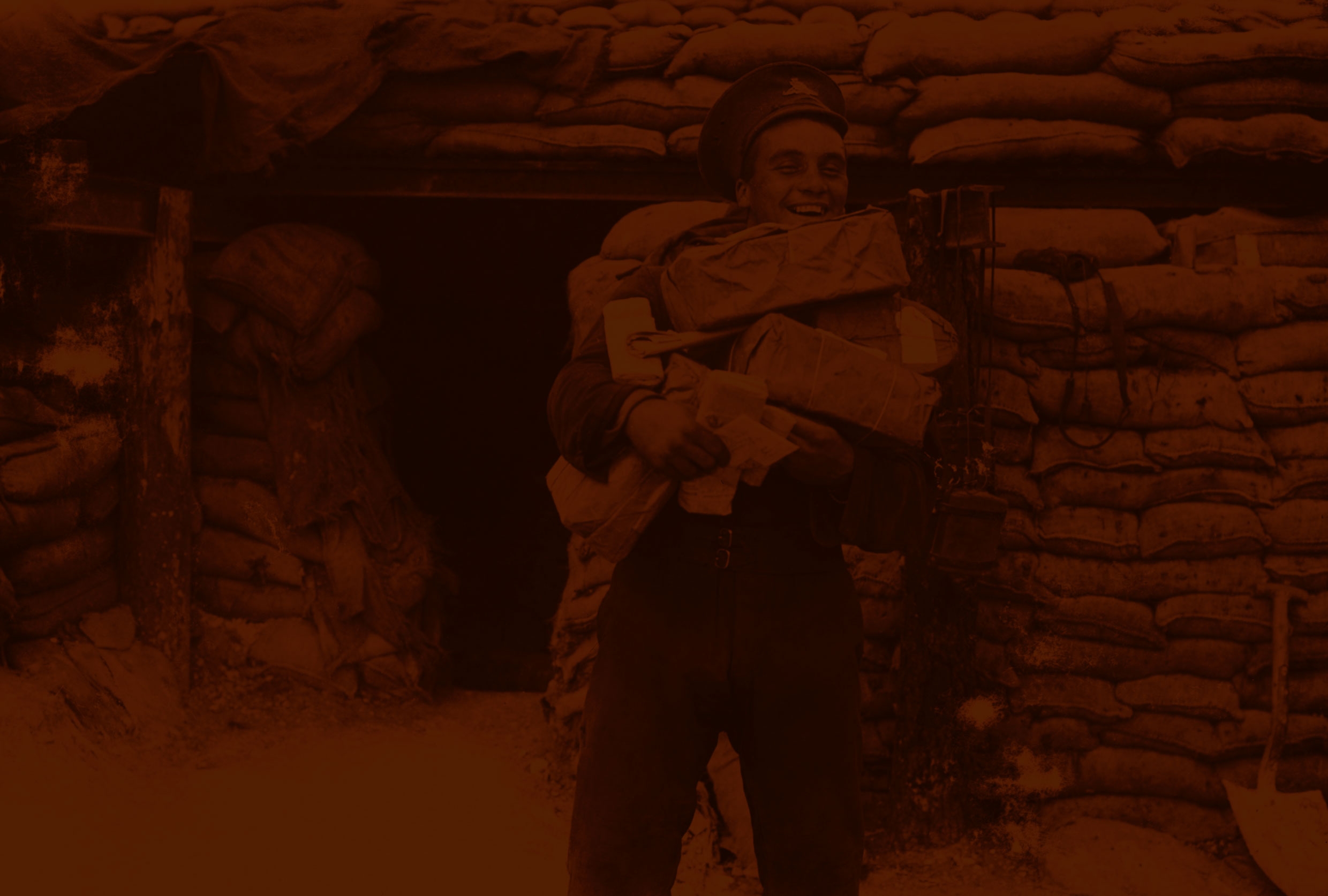
“A beautiful musical recounting of a World War I cease-fire of gifts, poetry, and melody.”
Written by
PETER ROTHSTEIN
Vocal Arrangements by
ERICK LICHTE
AND TIMOTHY C. TAKACH
Directed by
PETER ROTHSTEIN
Music Direction by
ERICK LICHTE
The Western Front, Christmas, 1914. Out of the violence a silence, then a song. A German soldier steps into No Man’s Land singing “Stille Nacht.” Thus begins an extraordinary night of camaraderie, music, peace. A remarkable true story, told in the words and songs of the men who lived it.
Licensing
For licensing information contact Broadway Licensing at the button below.
TOUR INQUIRIES
For tour information or inquiries, please contact Alliance Artist Management at the link below.

CREATING ALL IS CALM
BY PETER ROTHSTEIN
I studied World War I in high school and college, but I don’t remember reading about the Christmas Truce in any of my textbooks. If I had, I certainly would have remembered. This extraordinary event took place in 1914, the first year of the war, and was never repeated. Thousands of men put down their guns and left their trenches to meet their enemies in No Man’s Land. They exchanged gifts of tobacco, rum and chocolates; even photographs of love ones. They sang songs, played a game of soccer, and buried each other’s dead. Upon orders from above, they eventually returned to their trenches and re-instigated a war that would last four more years. So why did I not learn of this remarkable event? The propaganda machine of war is powerful, and news of soldiers fraternizing across enemy lines would put a human face on the Germans and readily undermine public support for the war. The heroes of this story are the lowest of the ranks — the young, the hungry, the cold, and the optimistic — those who acted with great courage to put down their guns, overcoming a fear that placed a gun in their hands in the first place. Their story puts a human face on war, and that’s the story I hope to tell.
I am interested in creating performance where the content dictates the form. In the creative process I continually ask myself: If the characters were left to their own devices, how would they tell their story? What language, what tools were available to them? There was our answer — radio. Radio was critical to military operations; it was the primary means of mass communication and mass entertainment. Our piece would be a radio musical drama, using only the tools of radio: music and text. The music ranges from trench songs to patriotic and sentimental tunes, as well as Christmas music from the participating countries. The text is taken from a wide range of sources including letters, journals, official war documents, poetry, grave stone inscriptions — even an old radio broadcast.
One of the reasons I love working in the theater versus film or television, is because the theater is a two-way street. It asks the audience to engage their imagination in order to complete the story. So, here are the words and the songs of these remarkable men. Completing the story, putting a human face on war — well, that’s up to you. To the thousands of men who changed history, thank you. May we do your story justice.




